The diseases:
Electronic devices are suffering from several diseases when they are aging. This is a description of the symptoms, causes and remedies.
Partial blindness:
Partial blindness are missing lines or columns on LCD screens. The cause is failed electrical contact that may have two reasons. Some LCD screens have flexible connector ribbons that are glued to the glass carrier. The glue seems to loose adhesive strength when it is aging and especially when shock is applied to a device the contact is broken. Other LCD screens use flexible zebra rubber connectors. Maybe those connectors loose flexibility or the contact is affected by metal oxidation. The glued ribbons may be repaired by applying heated pressure to the connection. The zebra type connections could be cleaned and reassembled for better contact.
Devices affected:
Glued contacts - Middle aged Garmin units like GPS40/45/38/90/II etc.; Trimble "banana" type handhelds like Ensign/Scout/Flightmate/Geo Explorer
Zebra connectors - Garmin GPS 75/95; Magellan Trailblazer/Meridian/Skyblazer
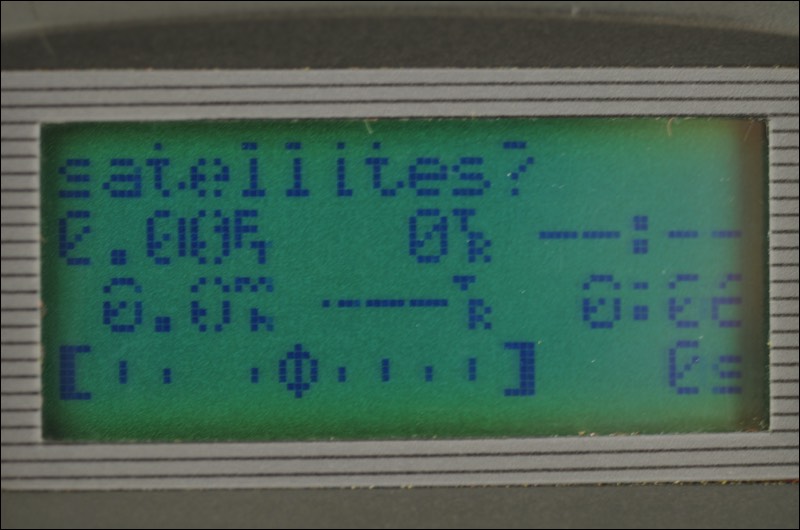
Partial blindness on the screen of a Trimble Scout
Blind Spot:
The blind spot is a circular shaped blemish in the middle of an LCD display. When the device is off the blind spot is visible as a darker area with blurred edges to the surrounding unaffected screen. An LCD with blind spot is still working, but with strange behaviour. In the darker area the display is inverted. The characters appear bright with dark background. This is caused by the glue that is fixing the polarizing filter to the LCD screen.
Devices affected:
Panasonic KX-G5700; Garmin GPSCOM 170, Lowrance Airmap
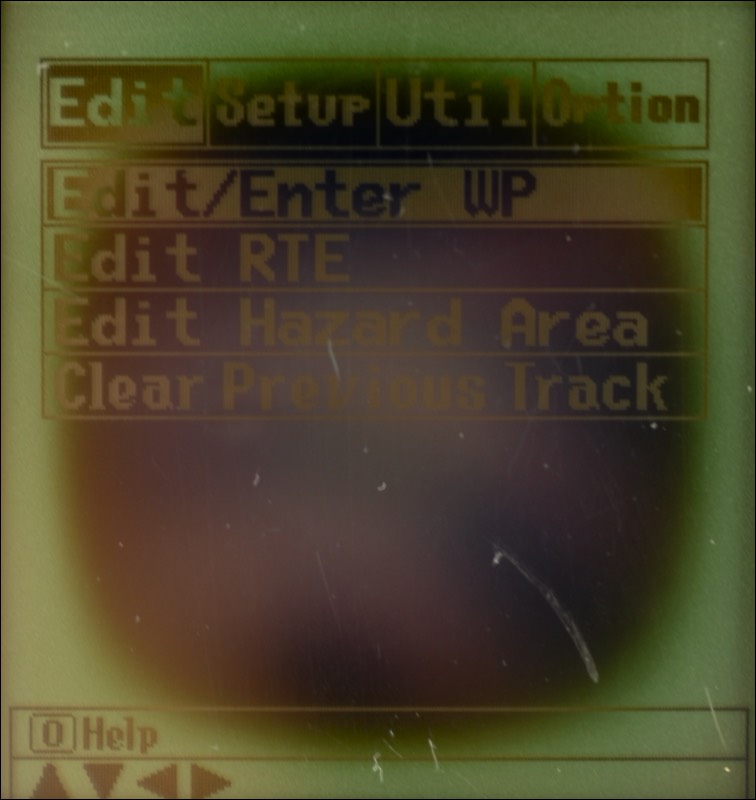
Blind spot on the screen of a Panasonic KX-G5700
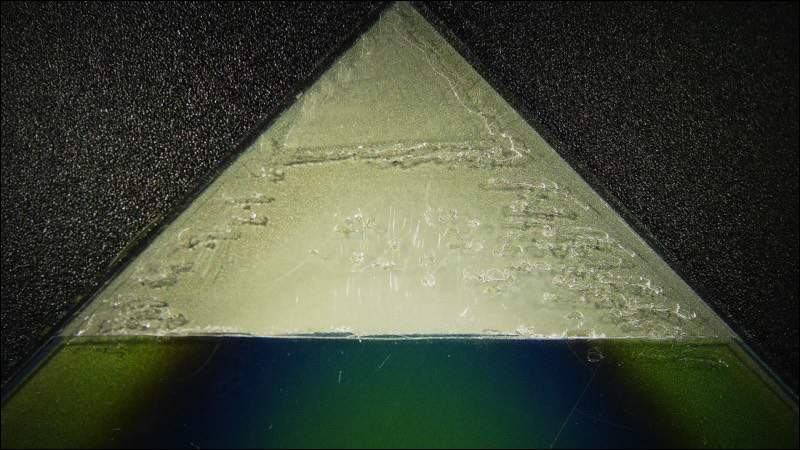
Blind spot on the screen of a Lowrance Airmap,
polarizing foil removed, glue remaining
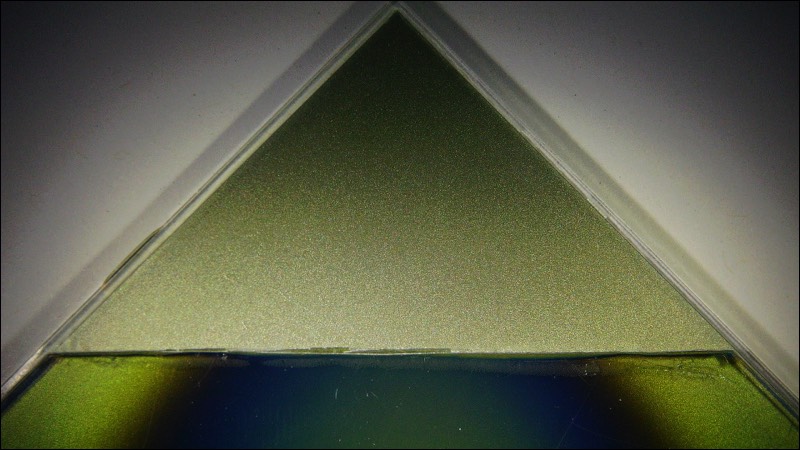
Blind spot on the screen of a Lowrance Airmap,
polarizing foil and glue removed
Display cancer:
Display cancer is a spot on the LCD display with irregular shape. It appears that the parts of the screen affected remain permanently dark, device on or off. It looks like from a starting point the spot grows in irregular shape, therefore the name cancer. Magnified images reveal that the dark spots are a liquid and can be moved by pressure.
Devices affected:
May occur to older and newer diplays of several manufacturers.
More often on Magellan Trailblazer/Meridian/Skyblazer
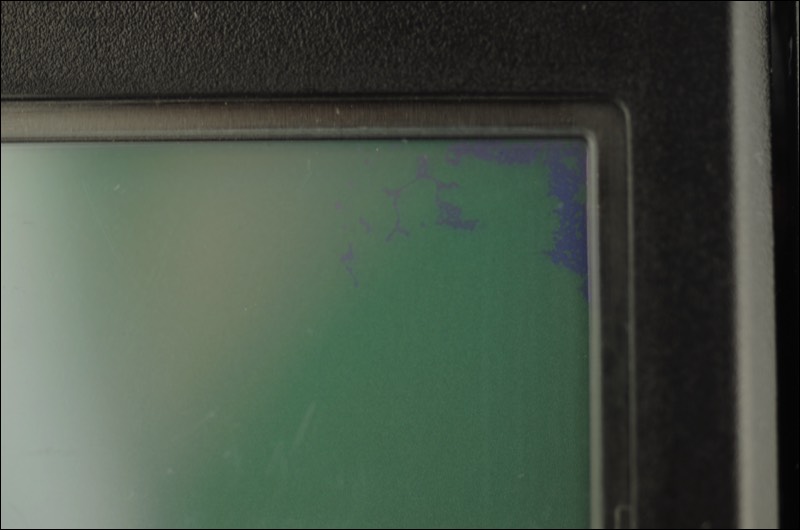
Display cancer on the screen of a Magellan Trailblazer XL
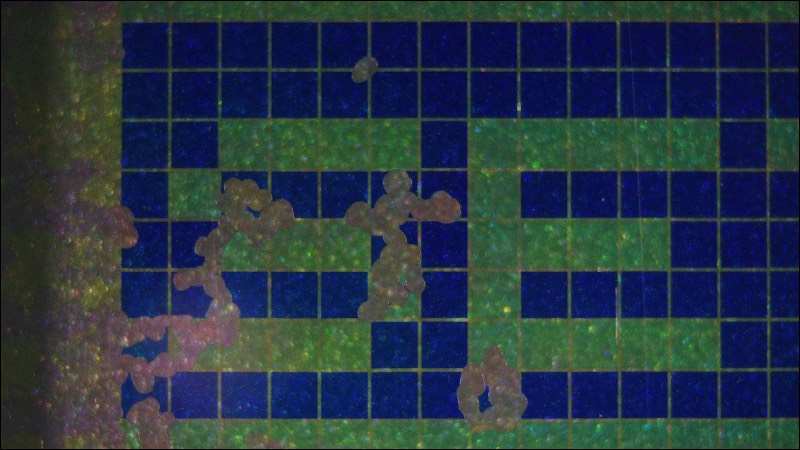
Display cancer on the screen of a Magellan Trailblazer

Display cancer on the screen of a Lowrance Airmap

Display cancer on the screen of a Lowrance Airmap, magnified
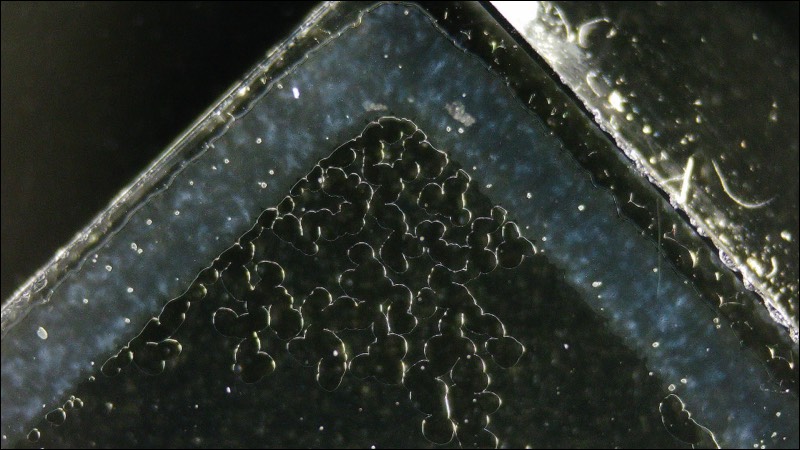
Display cancer on the screen of a Lowrance Airmap,
polarizing and reflecting foil removed
Dementia:
Dementia is the loss of data memory. Early models of GPS receivers worked with RAM memory that require permanent power supply. They had to be stored with batteries or were equipped with built-in lithium cells. Data is lost when the batteries run out of power. Stored waypoints, routes, settings but also the satellite almanac disappear. This causes GPS receivers to take a long time for the first fix because the almanac has to be received.
Devices affected:
Nearly all receivers of the eighties / nineties.
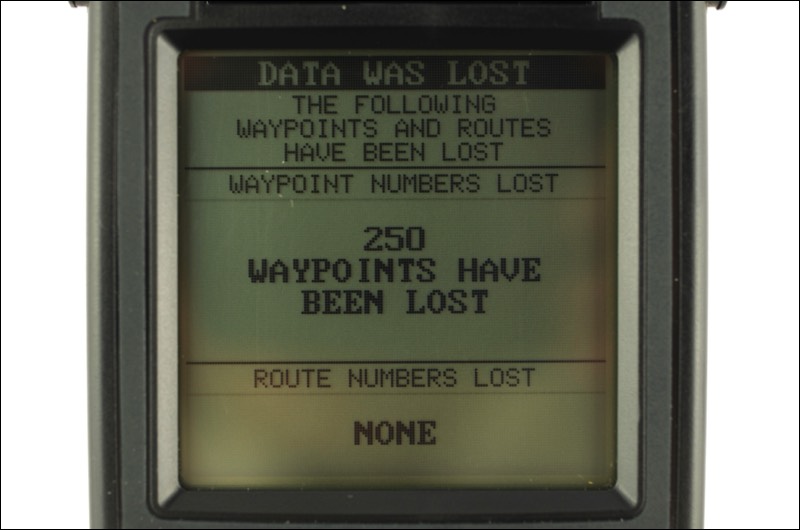
Dementia recognized by self diagnosis
Brittle skin:
Aging plastic gets brittle, depending on the specific material. When parts of the case are on pressure, for example around the display window, a crack may occur. It is quite common that the screws that hold the case together are drilled into plastic holes. When opening those cases bits of plastic may crack apart. Some cases flip together with a set of plastic noses. When these cases are opened it is nearly unavoidable that parts break off.
Devices affected:
Magellan Trailblazer/Meridian/Skyblazer; Trimble "banana" type handhelds like Ensign/Scout/Flightmate/Geo Explorer; MLR electronique SP24
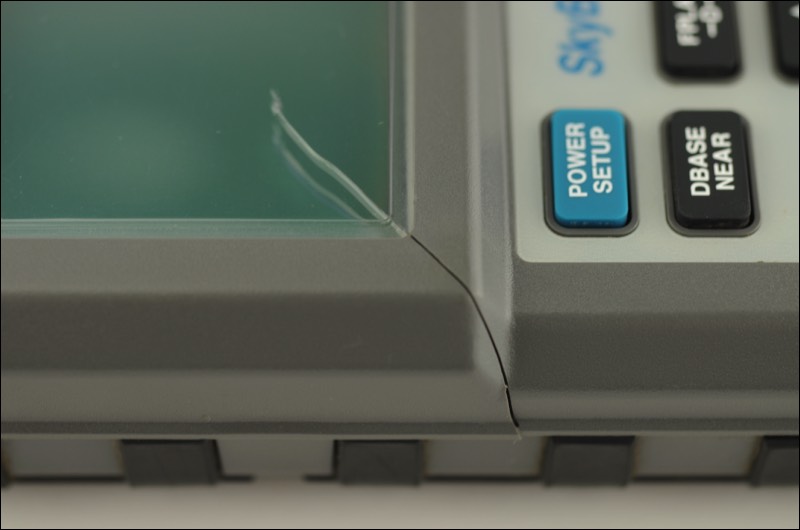
Typical crack in lower left corner of the screen on Magellan SkyBlazer
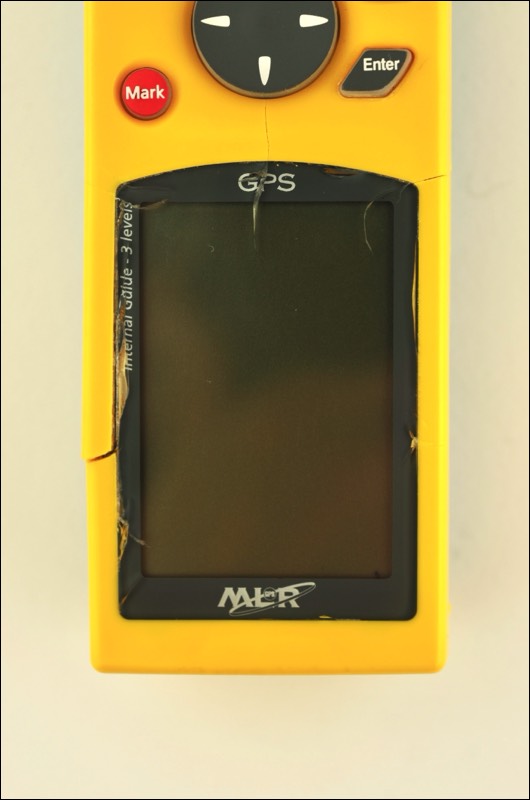
Nearly complete disintegration of MLR SP24
Acidosis:
Flash memory was not yet available or very expensive in the early age of GPS history. Therefore it was common to use standard RAM memory with memory batteries. Lithium batteries not often leak, but when they do damage is nearly guaranteed. Because of the memory problem older units had to be stored with batteries inserted. When the GPS unit was stored for a long time those power batteries often leak. Fortunately this hopefully damages only the battery compartment. The battery contacts get oxidated or may break apart. When a battery leaks that is mounted directly to the printed circuit board it is quite sure the cause of death. The PCB has multiple layers or contacts inside that are damaged and can't be repaired. When storing a GPS receiver for a long time the memory battery should be removed. Unfortunately the case of a lot of GPS receivers are glued and can't be opened without damage. This leaves the choice of damaging the case or hoping for a never ever leaking battery. Acidosis may be caused by leaking electrolytic capacitors, too.
Devices affected:
Any with built in lithium battery
Nicad batteries of Garmin GPS 100
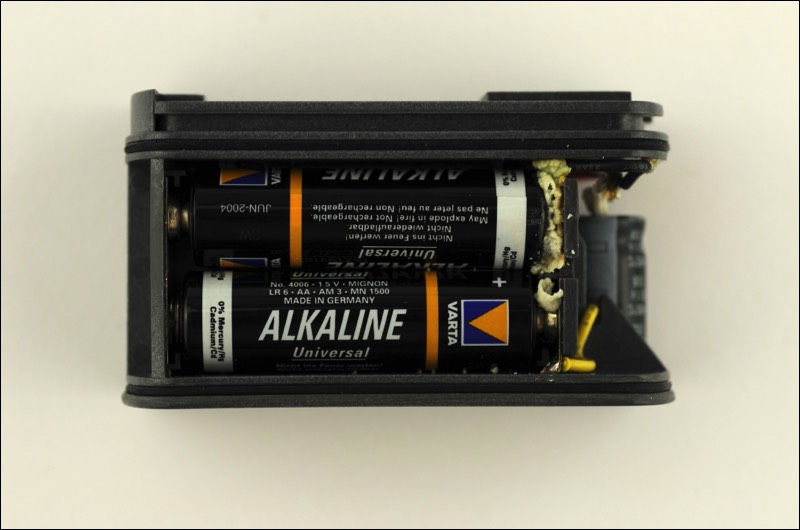
Acidosis caused by leaking power batteries

Severe acidosis caused by leaking AA lithium battery

Dissolved pins on IC and etched out PCB contacts

Acidosis caused by leaking memory battery on Motorola Traxar PCB
Capacitor plague:
All electrolytic capacitors are aging and may change their values over time. Chemical reactions inside sometimes build up pressure and destroy the case. All functions of a GPS receiver may be affected by the aging of electrolytic capacitors. When the power supply does not work any more the GPS unit may even not switch on. The displays of nearly all Sony IPS-360 GPS units remain blank caused by defective capacitors. Fortunately the capacitors can be replaced for repair. When the capacitor is leaking severe damage to other components or the PCB may happen. Look also at acidosis.
Devices affected:
Power supply - Older Garmin units GPS 100 and GPS 50
Display driver - Nearly all Sony IPS-360
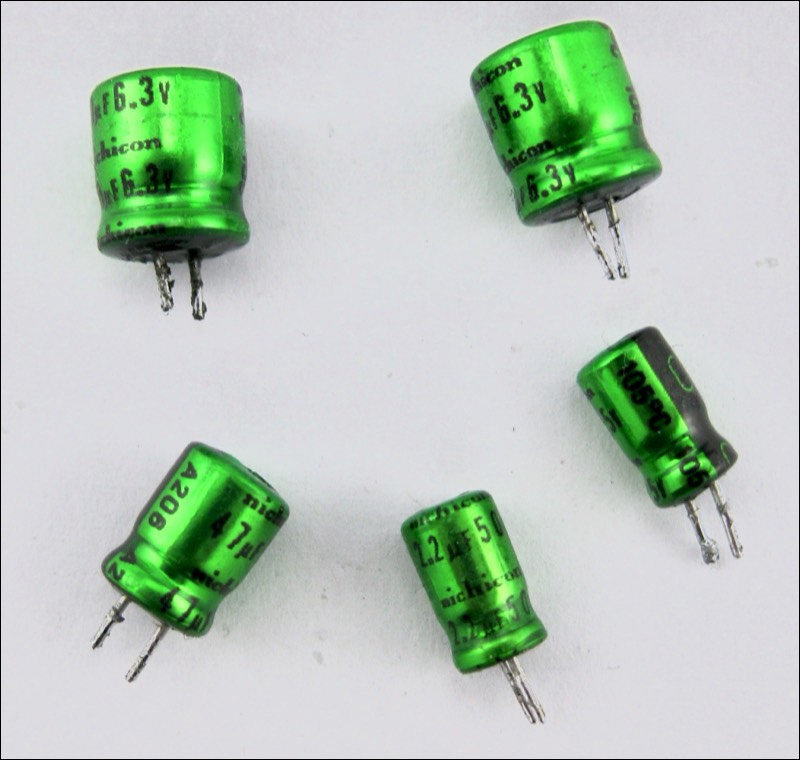
Leaking capacitors from Garmin GPS 50
Brain death:
Brain death is the permanent failure of firmware memory. This issue is hypothetical. No Eprom yet could be analyzed as having errors in a known firmware version. Maybe firmware errors are more related to flash memory. There are some Silva MNS that won't switch on, but work in compass only mode. It is difficult to proof, but devices that won't switch on may be cases of failing firmware memory.
Devices affected:
Silva / Brunton MNS, Lowrance iFinder Go
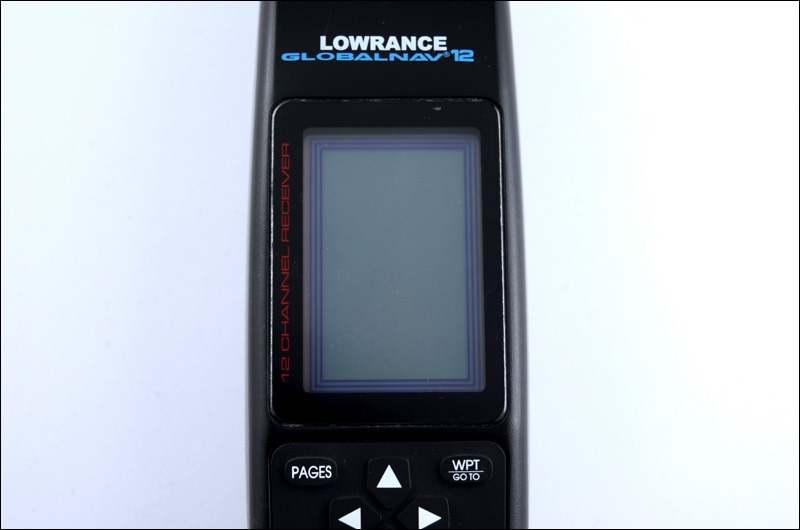
Lowrance Globalnav 12 just showing the initial screen
for several seconds, then switching off
Reception deafness:
Some GPS units appear to work, but there is no or poor satellite reception. This may be caused by aging components with changed values. A GPS receiver has an oscillator for the tuning of the satellite reception. In some range the oscillator can be adjusted by the receiver automatically. But if the detune is excessive this won't work any more. Sometimes it is possible to adjust the oscillator by hand, but without very specific lab equipment this is trial and error. Some GPS receivers have no technical issues that affect signal reception. But because of faulty programming or outdated almanac data visible satellites are ignored and the search for satellites that are out of sight occupies the receiver.
Devices affected:
Any, especially older GPS receivers